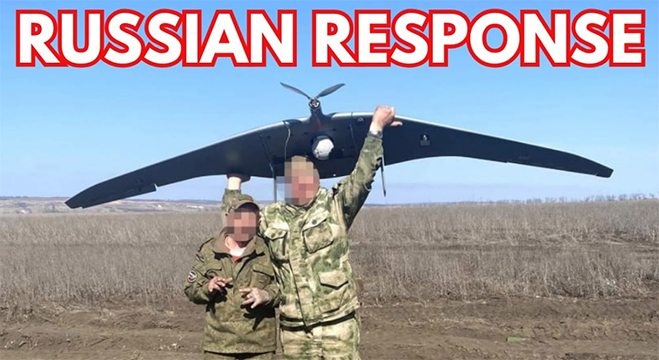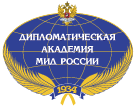 Pic.: You Tube
Pic.: You Tube
Ukraine’s drone pilots have become the hunted, ‘Financial Times’ notes.
Their tormentor is a dynamic new Russian unit known as Rubikon. Using sophisticated tools and its own fleet of hunter drones, the team has been locating, tracking and killing Ukrainian operators before they can launch.
Rubikon’s emergence has driven a chilling reversal on the digital battlefield, overturning one of Kyiv’s biggest tactical advantages. Its success has piled pressure on Ukraine’s army already on the back foot against the more numerous and better-funded Russians.
Rubikon “is our main problem”, said Artem Kariakin, a Ukrainian serviceman near Pokrovsk in the Donetsk region, a key town on the frontline that appears to be on the verge of falling after a year-long fight.
“If the Russians did not have such competent drone operators, their infantry would not be able to infiltrate the city,” Kariakin said. “It is very dangerous to be a drone operator right now.”
Rubikon has about 5,000 people and vast financial resources, said Rob Lee of the Philadelphia-based Foreign Policy Research Institute.
Rather than striking Kyiv’s frontline infantry, the unit focuses on taking out pilots and severing Ukraine’s logistics. Hitting as far as 10km behind Ukrainian lines, they target vehicles and drones — heavy quadcopters or wheeled robots — used to resupply the frontline.
On top of its offensive operations, Rubikon plays a big role in training other Russian drone units.
Lee said: “It’s more than a unit; it is a centre — a centre for all kinds of unmanned systems development. That means [research and development], analysis, development of tactics, techniques and procedures. Ukrainian units will say that they often notice a qualitative improvement after these guys get trained by Rubikon.”
Its creation is one piece of evidence that Moscow’s army has begun to innovate.
Moscow has made a huge effort to absorb the lessons Ukraine has learned
The strategy of operating beyond the front lines has given them the upper hand in the ever-evolving drone war, which officials and analysts reckon to be responsible for 70 per cent to 80 per cent of military casualties. As Rubikon undermines Kyiv’s supply chain and drone operation, Ukraine’s pilots are forced to focus their attacks on trying to slow the rapidly advancing Russian soldiers.
In the hunt for pilots, Rubikon’s reconnaissance units will often track down operatives sheltering in basements or behind a tree line — and either take them out or send their location to the Russian air force.
They typically search for tell-tale antennas on hilltops and tall buildings, knowing pilots need a clear line of sight to their receivers. Reliant on radio signals, attack and reconnaissance drones operators can be no more than a few kilometres from the frontline.
Both sides operate massive jammers and electronic intelligence stations to locate and disable the other’s drones, though the jammers themselves create a bright electronic signature that is easy to find and destroy. Both can also hack into the other’s camera feeds and use radio direction finders to locate transmitters.
“It’s a cat-and-mouse game with physics as the umpire,” said Tom Withington, an expert on electronic warfare at the Royal United Services Institute (RUSI) in London.
Rubikon’s sheer resources and manpower allow it to maintain a relentless pace, according to Zoommer, a Ukrainian soldier in a small drone unit near Pokrovsk, who asked to be identified by his call sign.
Zoommer said: “They have a lot of people, and that means they can work 24 hours a day, seven days a week.”
Moscow’s new Rubikon team upends Kyiv’s control of the electronic battlefield.
Moscow has made a huge effort to absorb the lessons Ukraine has learned, said Bob Tollast, a RUSI research fellow.
read more in our Telegram-channel https://t.me/The_International_Affairs

 11:36 20.11.2025 •
11:36 20.11.2025 •






















